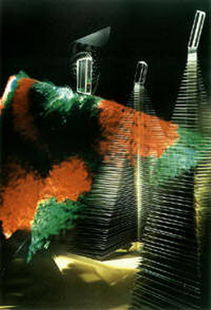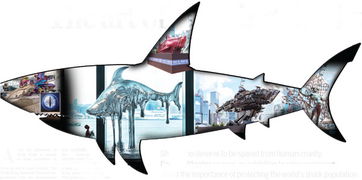Content:
Introduction: Fishing, an ancient pastime, has evolved into a beloved hobby for millions around the world. Whether you're a seasoned angler or a beginner looking to cast your line into the water, mastering the art of fishing requires patience, practice, and a good understanding of the techniques. In this article, we will delve into the essential fishing techniques that will help you catch more fish and enjoy your time on the water.
Choose the Right Equipment: The first step in becoming a successful fisherman is to invest in the right equipment. Here are some key items to consider:
- Rod and Reel: Select a rod and reel that match the type of fishing you plan to do. For example, a spinning reel is ideal for freshwater fishing, while a baitcasting reel is better for saltwater.
- Line: The type of line you use depends on the fish you're targeting and the conditions of the water. Monofilament, fluorocarbon, and braided lines are the most common options.
- Lures and Bait: Choose lures and bait that mimic the natural prey of the fish you're targeting. Live bait, artificial lures, and natural baits like worms and insects can all be effective.
Learn to Cast Properly: Casting is a fundamental skill that every fisherman must master. Here's how to do it:
- Hold the rod with a comfortable grip, using your index and middle fingers to hold the reel.
- Position the rod at a 45-degree angle to the water, with the line slightly above the rod tip.
- Swing the rod back, then forward with a smooth, continuous motion, allowing the line to flow out as you cast.
- Adjust your casting technique based on the distance and type of water you're fishing in.
Understand Fish Behavior: To catch fish, you need to understand their behavior. Here are some key points to consider:
- Seasonal Patterns: Fish tend to migrate and feed differently depending on the season. Research the habits of the fish you're targeting to determine the best times to fish.
- Water Temperature: Fish are more active in warmer water, so fish in the morning or evening when the water is cooler.
- Cover: Fish often seek cover to hide from predators. Look for structures like rocks, logs, and vegetation where fish might be lurking.
Present Your Bait or Lure Effectively: Once you've cast your line, it's crucial to present your bait or lure in a way that attracts fish. Here are some tips:
- Use the right retrieve speed: Different fish respond to different retrieve speeds. Experiment with your retrieve to see what works best.
- Vary your lure action: Mimic the natural movement of the fish's prey. Jerking, twitching, or wiggling your lure can trigger a bite.
- Pay attention to the water: Wind, current, and other environmental factors can affect how your bait or lure behaves. Adjust accordingly.
Be Patient and Observant: Fishing is a waiting game. Here's how to stay patient and observant:

- Take your time: Don't rush to set the hook. Wait for a solid bite before pulling the fish in.
- Watch for signs of interest: If a fish is following your bait but not biting, try changing your lure or technique.
- Stay quiet and still: Movement and noise can spook fish. Keep your movements to a minimum and speak softly.
Properly Land and Release Fish: Once you've caught a fish, it's important to handle it properly to ensure its survival. Here's how to do it:
- Keep the fish in the water as much as possible: Avoid landing the fish on the bank or in the boat.
- Use a net or gaff: If you need to handle the fish, use a net or gaff to avoid damaging its scales and fins.
- Release the fish quickly: If you're not planning to keep the fish, release it as quickly as possible to minimize stress.
Conclusion: Fishing is a rewarding hobby that requires a combination of skill, knowledge, and patience. By following these essential fishing techniques, you'll be well on your way to becoming a successful angler. Remember to always respect the fish and the environment, and enjoy the beauty and tranquility that fishing has to offer. Happy fishing!












